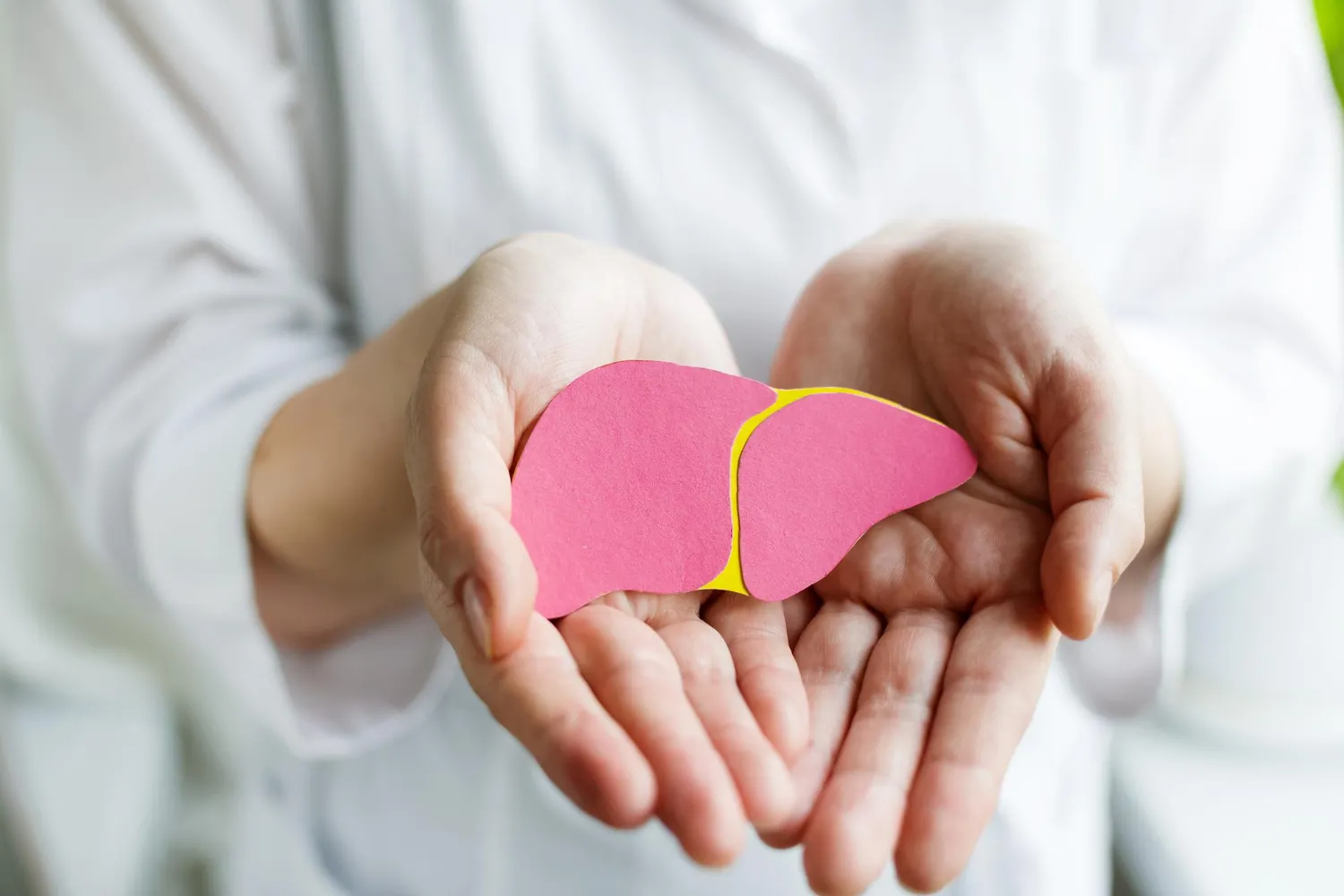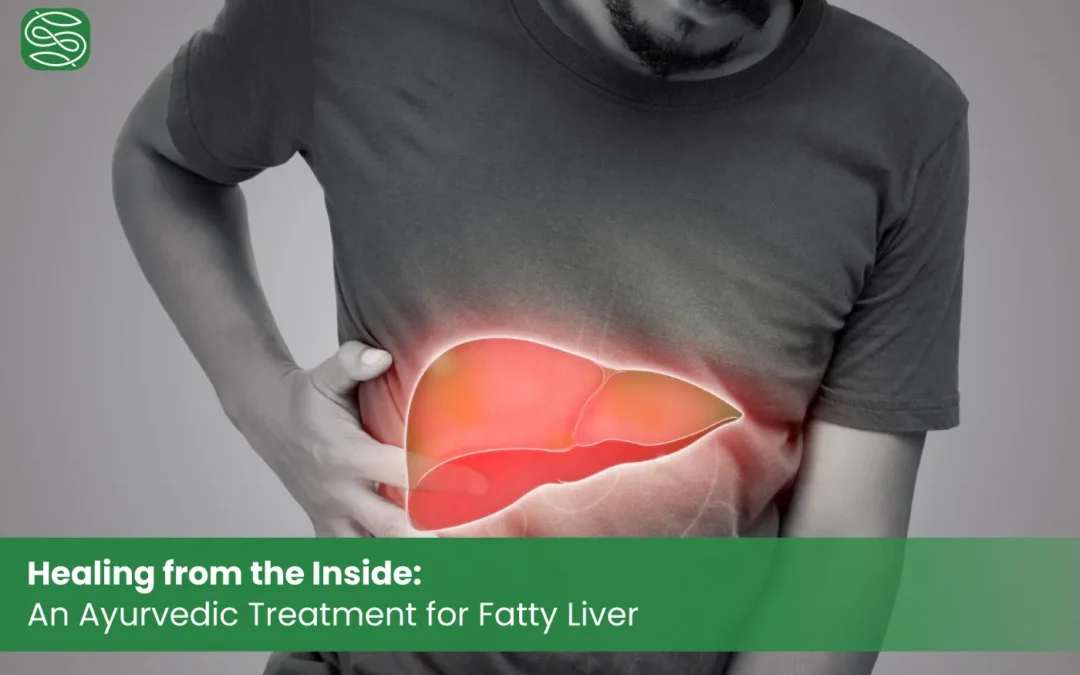It started with a creeping fatigue. Not the exhausted feel after a long day, but the kind that persisted for weeks. Meera, 38, an architect, wrote it off as work stress. But when her appetite reduced and a dull pain took up residence in her upper abdomen, she knew something was off. A routine check-up confirmed the cause: fatty liver disease. Surprised and understandably anxious, Meera sought more than a prescription. She turned to Ayurvedic treatment for fatty liver, a path that not only promised healing but offered a chance to reconnect with her body. That’s where her journey toward recovery began. Now, let’s explore how Ayurveda approaches this condition and what makes it a powerful tool for lasting recovery.
Understanding the Silent Build-Up
Fatty Liver Disease types
There are two primary types of fatty liver disease based on the aetiology:
Non-Alcoholic Fatty Liver Disease: (NAFLD)
This is the accumulation of fat in the liver where barely any or no alcohol is ingested. In most cases, the reason is diet, impaired digestion, or metabolic problems. The simplest and most fundamental form of fatty liver is when there is no inflammation or other complications.
This type of fatty liver is typically associated with a Kapha imbalance in Ayurveda, where the liver’s function is disrupted, leading to sluggish digestion and fat accumulation. In the In the Ayurvedic treatment for fatty liver, the plan incorporates herbs, food, and lifestyle modifications through which detoxification, strengthening Agni (digestive fire), and establishing balance in the liver are achieved.
AFLD or Alcoholic Fatty Liver Disease (AFLD)
AFLD progresses because of chronic consumption of alcohol. First, fat accumulates in the liver without inflammation, known as simple Alcoholic Fatty Liver(AFLD). Upon the occurrence of inflammation, it becomes alcoholic steatohepatitis (alcoholic hepatitis).
Ayurveda views this as an imbalance of both Pitta (inflammation and heat) and Kapha (fat and stagnation), necessitating cooling medicines, detoxification therapies, and Pitta-pacifying dietary modifications to heal and support the liver. In such cases, Ayurvedic treatment for fatty liver focuses on restoring internal balance and supporting liver function through holistic means.
Understanding the Stages of Fatty Liver:
Identifying the correct stage of the disease is necessary to formulate the appropriate Ayurvedic treatment for fatty liver. Ayurveda offers stage-wise management to facilitate reversal, regeneration, or symptomatic relief through natural, holistic interventions.
1. Simple Fatty Liver
This first stage is characterized by fat deposits in the liver cells, accompanied by minor inflammation. Through early dietary modifications, agni stimulation (digestive fire), and the use of hepatoprotective herbs, it can be fully reversible with appropriate Ayurvedic treatment for fatty liver.
2. Steatohepatitis
Characterized by cellular stress and inflammation, this phase signals the induction of Pitta and Ama (toxic accumulations). Ayurvedic therapy involves cooling therapies, detoxifying processes, and the use of anti-inflammatory, liver-stimulating medicines to reverse internal imbalance.
3. Fibrosis
When liver tissue scarring is initiated, regenerative Ayurvedic therapies are indicated. Treatment modalities that cleanse, purify, or enact rejuvenation, such as Panchakarma and Rasayana, are designed to halt further progression, promote liver tissue repair, and enhance overall vitality.

Ayurveda’s View: It’s More Than the Liver
Kapha, Pitta, and Vata:
The Healing Path: How Ayurveda Approaches Fatty Liver
1. Detoxification First (Shodhana)
* Virechana and Basti Therapy are practised as cleansing treatments to expel toxins accumulated in the body, paving the way for deep healing.
* Promoting Agni (Digestive Fire)
* An obstructed digestive fire results in improper execution of fat metabolism; few herbs like turmeric, cumin, coriander, and Triphala work upon this internal fire to sustain digestion and fat assimilation.
* Foods and Herbs for specific Dosha.
Based on your constitution:
* Kapha individuals are given light and warm foods and herbs that rev up their metabolism.
* Pitta individuals require cooling, anti-inflammatory foods.
* Vata individuals need grounding and nourishing foods to stabilize their digestive systems.
* Herbs for liver support, such as Kalmegh, Kutki, Punarnava, and Triphala, are generally incorporated into formulations from time to time, depending on the individual’s needs.
Ayurvedic treatment for fatty liver integrates these practices with personalized dietary guidance and Foods and Herbs for Each Dosha.
2. Conscious Eating
Include detoxifying foods that alleviate work on the liver:
* Apple, pomegranate, and leafy greens.
* Barley, millet, and quinoa.
* Good liver spices are turmeric, cumin, and coriander.
* Warm water and herbal form of tea (like fennel or ginger).
Avoid deep-fried, processed foods, excess caffeine, alcohol, and red meats.
3. Physical Movement & Yoga
Movement improves circulation and reduces fat deposits. Specific yoga practices support liver health:
* Bhujangasana (Cobra Pose) – Stimulates the liver
* Dhanurasana (Bow Pose) – Massages abdominal organs
* Ardha Matsyendrasana (Spinal Twist) – Aids detox and digestion
* Kapalabhati (Breathwork) – Energizes metabolism and clears stagnation

